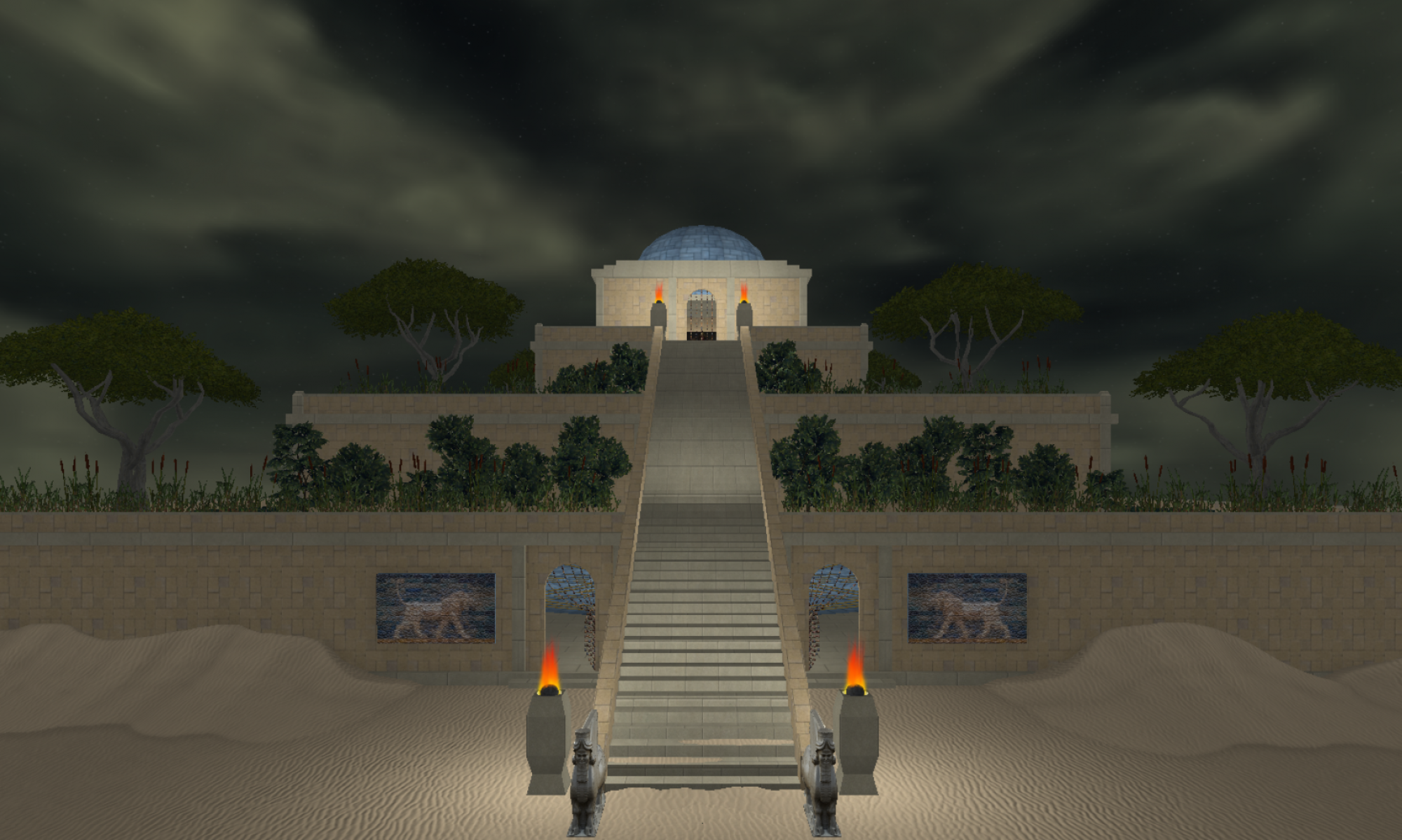The Seven Gates of Ganzer
Kur is the name for the Sumerian Netherworld. The city of the dead is Ganzer which is ruled by Ereshkigal. To enter, one must pass through the seven gates, each guarded by a deity. In the Sumerian myth Inana’s descent to the nether world and in the Babylonian version The Descent of Ishtar to the Underworld, upon entering Ganzer, the goddess Inanna/Ishtar is made to take off one of her Me, represented by articles of clothing, at each gate.
The First Gate
Gods: Nedu, Pituh, Nergal
Inanna article of clothing removed: Turban, headgear for the open country
Ishtar article of clothing removed: Great crown
The Second Gate
Gods: Kishar, Enkishar, Gilgameš
Inanna Me: Small lapis-lazuli beads
Ishtar Me: Rings in her ears
The Third Gate
Gods: Endashurimma, Ereškigala
Inanna Me: Twin egg-shaped beads
Ishtar Me: Beads around her neck
The Fourth Gate
God: Enuralla, Nerulla, Ereškigala
Inanna Me: “Come, man, come” pectoral
Ishtar Me: Toggle pins at her breast
The Fifth Gate
God: Endukuga, Nerubanda, Namtar
Inanna Me: Golden ring
Ishtar Me: Girdle of birth stones
The Sixth Gate
God: Endushuba, Endukuga, Ḫušbisag
Inanna Me: Lapis-lazuli measuring rod
Ishtar Me: Bangles on her wrists and ankes
The Seventh Gate
God: Ennugigi, Ninĝišzida
Inanna Me: Pala dress
Ishtar Me: Proud garment of her body
Sources Cited
Black, J.A., Cunningham, G., Fluckiger-Hawker, E, Robson, E., and Zólyomi, G., The Electronic Text Corpus of Sumerian Literature (http://www-etcsl.orient.ox.ac.uk/), Oxford 1998- .
Dalley, Stephanie. Myths from Mesopotamia: Creation, the Flood, Gilgamesh, and Others. Oxford University Press, 2008.
Foster, Benjamin R. From Distant Days: Myths, Tales, and Poetry of Ancient Mesopotamia. CDL Press, 1995.
